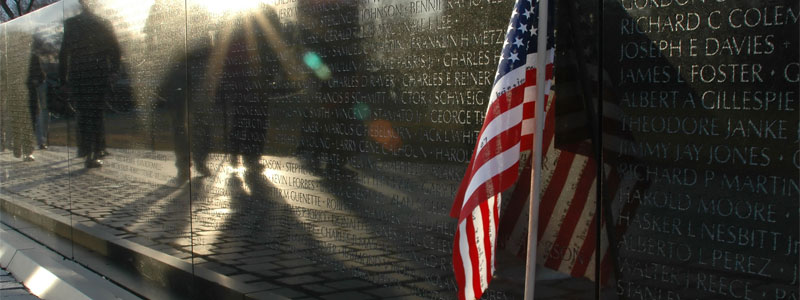
Around the world and throughout time, people have desired to remember those whom they loved and respected and record their history. They remembered by building monuments. Even the word “monument” comes from the Latin “monere,” meaning “to remind.” Memorial art began as little more than stones stacked over a grave for protection. Early monuments were made of local materials such as wood, bone and native stones. The truly enduring monuments were made from rock.
As monument builders perfected their art, the results of their efforts became larger and more elaborate. A craft was born which boasted such artisans as Michaelangelo and Bernini. The Great Pyramids of Egypt are splendid examples being built about 2500 BC as burial tombs. Bronze was the material for the making of possibly the most famous of all metal monuments in the Colossus of Rhodes. This was a monument to Apollo and stood almost 120 feet high until an earthquake in 227 BC.
The term mausoleum was given to all above-ground tombs similar to the one built for Mausolos of Caria in ancient Asia Minor who died in 353 BC. In more modern times, the Taj Mahal in India is a mausoleum for the wife of the Emperor built in 1648. Famous monuments abound in the present world from the Washington Memorial and Mount Rushmore to the countless memorials to fallen soldiers, public servants and historical figures and places. Humanity has a need to remember and the most common way to remember is to build a monument.
The monument has become a universal vehicle for commemorative expression, focusing certainly on the accomplishments and contributions of specific individuals, but doing it through religious, architectural, artistic and literary standards of the time.
View our full library of MBFilms to learn more about the art, craft, and value of memorialization.
A grave marker is one of the only pieces of artwork that an average family will ever buy. These hand-made tributes to the life of a loved one serve many important purposes for a grieving family, but they are also an important permanent record that will tell an individual's story to the generations that follow.